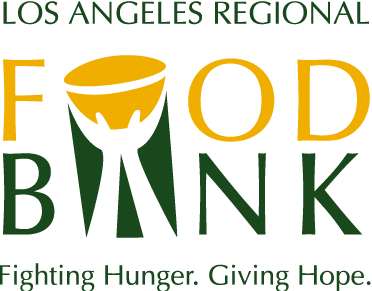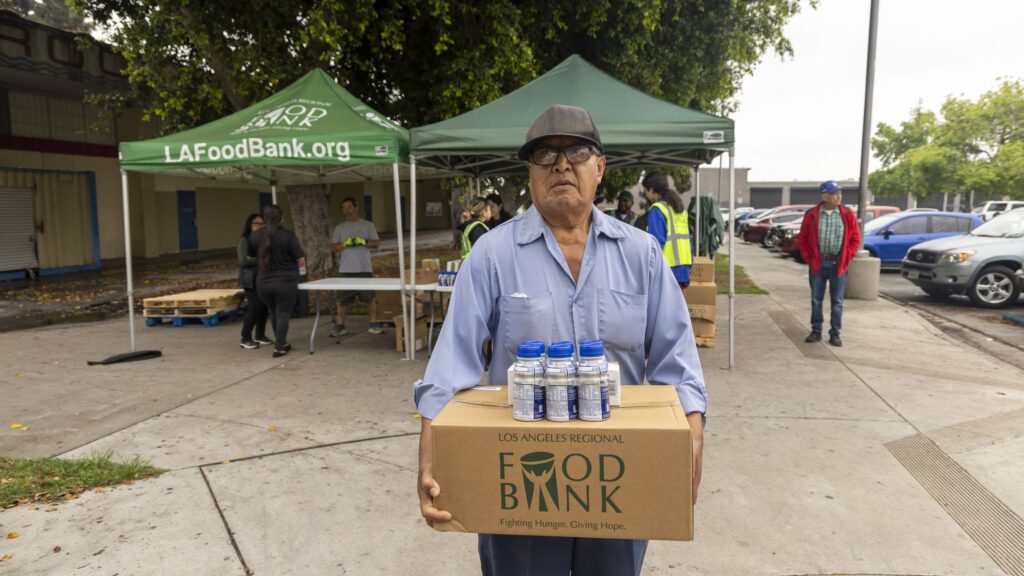The Cost of Food Rises By Double Digits in January of 2023, Year Over Year
The Cost of Food Rises By Double Digits in January of 2023, Year Over Year
The cost of food at home increased by 11.3% in January, and food away from home went up by 8.2%.

According to a CNBC report published on February 14, 2023, overall inflation in January 2023 was up 6.4%, which was higher than experts predicted, and the inflation report for January has shown that food prices continue to soar, with food at home going up by 11.3% and food away from home going up by 8.2%. The report highlights that these price increases are hitting families who are already struggling to put food on the table especially hard.
Food inflation is a major concern for many households, and the impact is felt even more acutely by those who are food insecure. For example, 2 million people in LA County, including children and seniors, are food-insecure. This means they lack consistent access to enough nutritious food to lead an active and healthy life. The rising food prices can push many of these individuals and families deeper into food insecurity, making it even more difficult for them to meet their basic needs.
Food-insecure households often have to make difficult choices, such as deciding whether to pay for food or other basic necessities like housing, utilities, and medical expenses. When food prices rise, it can force families to cut back on the quantity and quality of food they buy, which can have serious health implications, particularly for children and seniors who need proper nutrition to support their growth and development.
In LA County, several initiatives are aimed at addressing food insecurity and supporting those most vulnerable. The LA Regional Food Bank, for example, distributes food to over 600 partner agencies, including food pantries, soup kitchens, and shelters, which help to provide meals to individuals and families in need. In addition, the CalFresh program (also known as SNAP) provides nutrition assistance to low-income individuals and families to help them purchase healthy food. However, these benefits will reduce at the end of February as some COVID-19 emergency programs/funding expires.
With food prices continuing to rise, these programs may not be sufficient to meet the growing need. Many families who are already struggling may find it increasingly difficult to put food on the table, and the situation could worsen if the trend continues.
The January inflation report has highlighted the alarming rise in food prices, and the impact is felt most acutely by those who are already food insecure. It’s crucial for LA County to come together as a community, recognize the severity of this issue, and work to support families most impacted by rising food prices.





